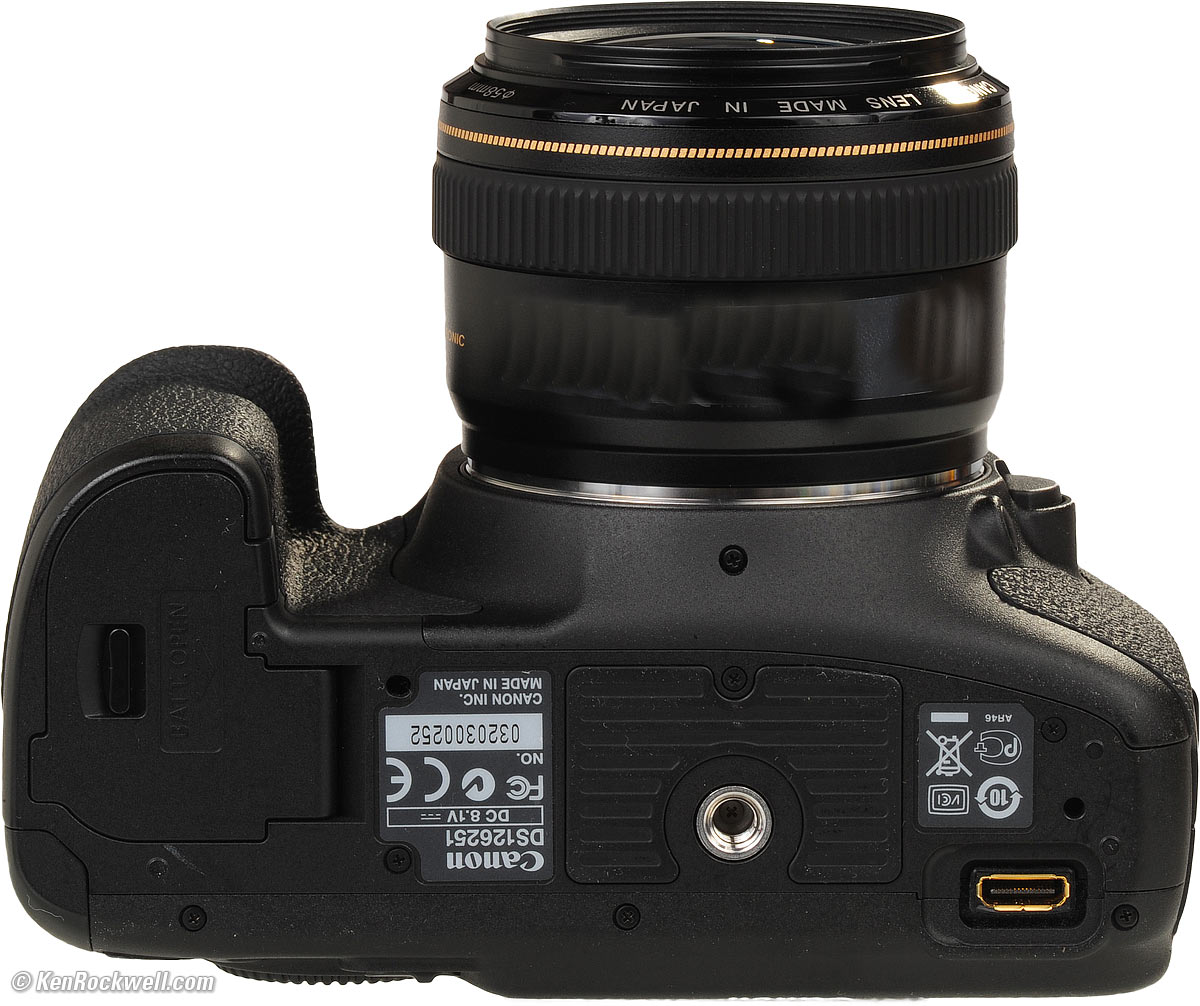

In my full review, available in video or written form below, I’ll show you around all the features of the new camera, how it compares to key rivals and of course take an in-depth look at the photo and video quality of the new sensor. The hotshoe also supports the same EVF-DC2 electronic viewfinder accessory as the original M6, included in some Mark II kits or sold separately. Vloggers will appreciate a screen that can flip up to face them and a microphone input, although mounting a mic on the hotshoe will block the screen. There’s uncropped 4k video at 24, 25 or 30p, as well as uncropped 1080 video up to 60p, all with autofocus, while a high speed 1080 option films at 100 or 120p with fixed focus and a crop. The M6 Mark II can shoot bursts at up to 14fps with continuous autofocus, or up to 30fps in the RAW Burst mode first seen on the G7X III and G5X II which also includes a useful pre-buffering option. The sensor is not stabilised in either body, so to iron-out any wobbles you’ll still need a lens with optical stabilisation like the 15-45mm kit zoom.


The same sensor is used in the EOS 90D DSLR launched alongside the M6 II. It’s coupled with Canon’s latest DIGIC 8 processor and sports the company’s Dual Pixel CMOS AF technology for confident focusing across most of the frame for both photos and video the AF coverage is 88% horizontal by 100% vertical, and given an f1.4 lens will focus at light levels down to -5EV. The M6 Mark II debuts a new APSC sensor, increasing the resolution from the 24 Megapixels of previous models to 32.5 Megapixels, making it the highest resolution to date in the APSC format. The M6 II body alone costs 869 pounds or 1119 pounds in a kit with the 15-45mm and slide-on viewfinder.
CANON 7D REVIEW KEN ROCKWELL SERIES
Announced in August 2019, it replaces the two and a half year old M6 and effectively leapfrogs the M5 to become the flagship model in Canon’s EOS M series – at least for now. The Canon EOS M6 Mark II is a mid-range mirrorless camera with a 32.5 Megapixel APSC sensor, uncropped 4k video at 25 or 30p, 14fps shooting with autofocus, a tilting touchscreen and slide-on electronic viewfinder. Alternatively get yourself a copy of my In Camera book or treat me to a coffee! Thanks! Buy it now! Check prices on the Canon EOS M6 Mark II at B&H, Amazon, Adorama, or Wex.

There is no clear winner overall, so you’ll need to weigh-up their respective pros and cons, but the M6 II still has more than enough going for it to earn itself a Recommendation. But the M6 II fights back with Dual Pixel autofocus, faster mechanical bursts and arguably the best grip and controls. Ultimately the M6 II faces tough competition from the Sony A6400 and Fujifilm X-T30, both of which feature built-in viewfinders, sharper 4k video, a broader selection of native lenses and both charging and power delivery from any USB source. Surprisingly the EOS 90D launched alongside it is actually better-suited for video, but even stranger the M6 II is preferable for sports, action and wildlife. As a mid-range model, there’s no built-in viewfinder, instead relying on an accessory, and anything you mount on the hotshoe will block the screen from flipping-up to face you. Making up for it for most people though is the confident Dual Pixel autofocus. It’s great to finally enjoy uncropped 4k with Dual Pixel AF on an EOS M body, but while it’s more detailed than 1080 footage, it’s nowhere near as detailed as 4k from the Sony A6400 or Fujifilm X-T30 and there’s no 24p in any mode. Fortunately the M6 II does a great job autofocusing adapted EF DSLR lenses, but they’re generally bigger and heavier than native models. The photos can out-resolve 24 Megapixel rivals, but not by a huge margin and only when fitted with a quality lens - like the EF-M 32mm f1.4 or one of Sigma’s APSC primes. The combination of a new 32.5 Megapixel sensor and DIGIC 8 processor banishes many of the annoyances of earlier Canon bodies, allowing the M6 II to shoot uncropped 4k video and 14fps bursts, both with decent autofocus. Summary The EOS M6 Mark II becomes Canon’s flagship mirrorless camera with an APSC sensor.


 0 kommentar(er)
0 kommentar(er)
